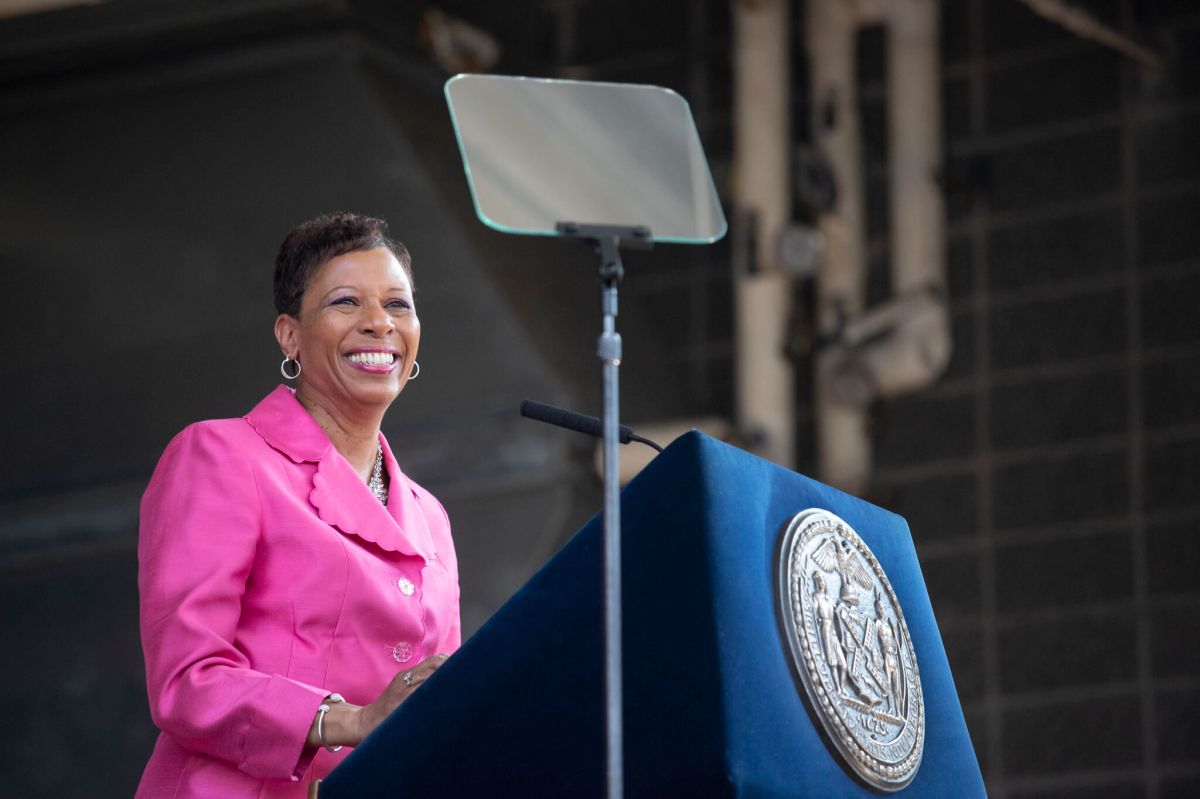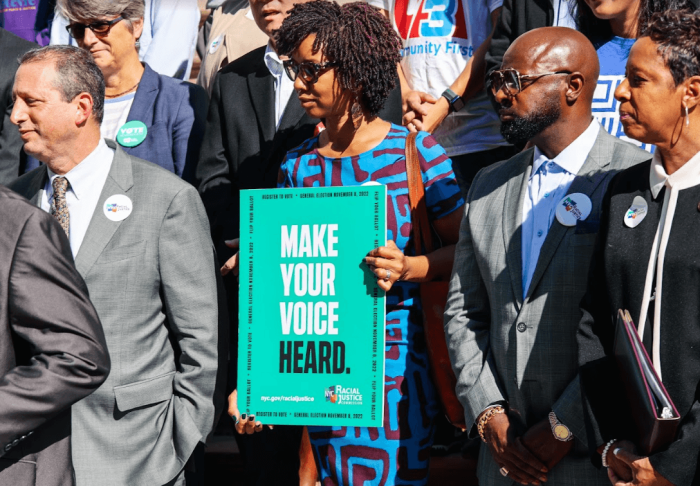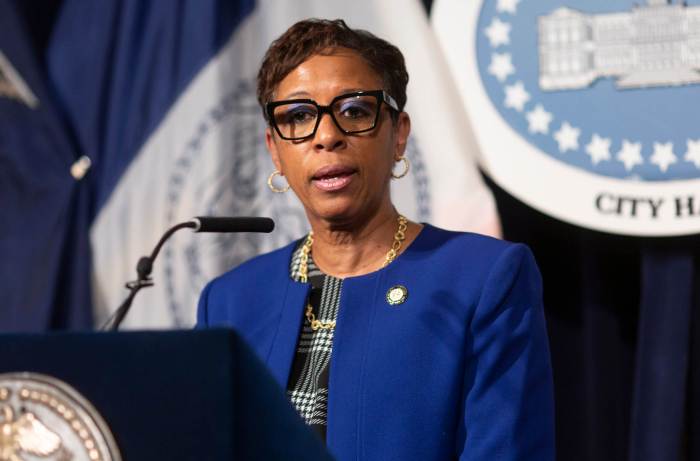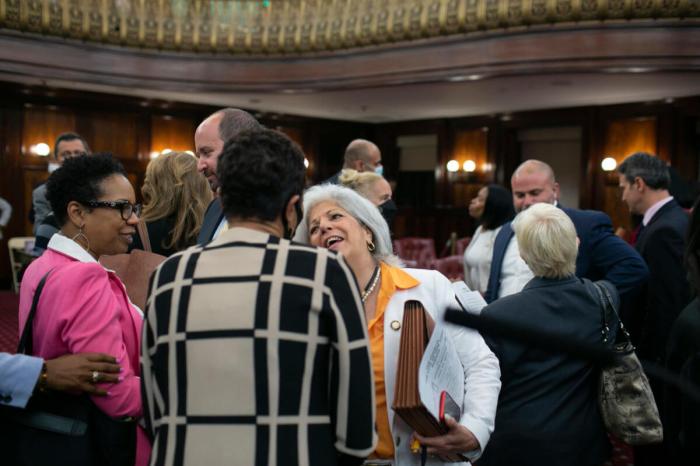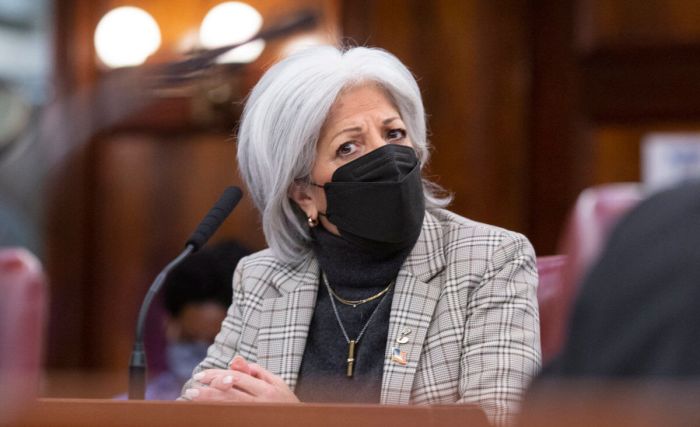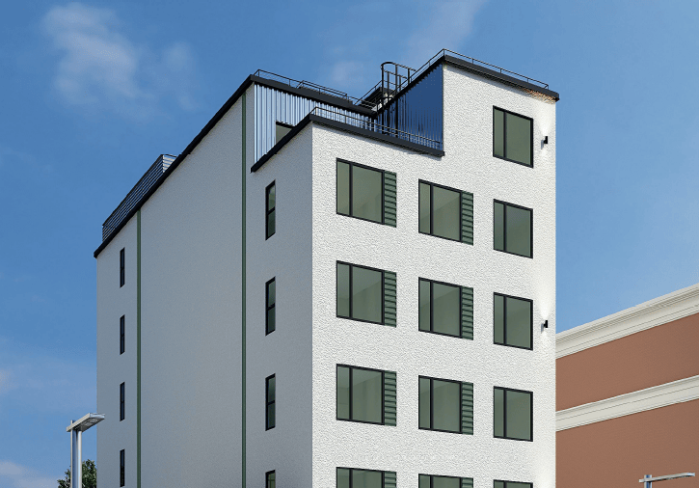City Council Speaker Adrienne Adams wants the city’s “Fair Fares” program to double the number of New Yorkers eligible for reduced-fare rides on subways and buses.
The speaker announced her support for the move in the city’s budget on Wednesday at her State of the City address in the Bronx.
“As part of our work to make our city’s transit system more accessible, we will expand Fair Fares to offer half-priced bus and subway rides to New Yorkers with incomes below 200% of the federal poverty level,” the speaker said during her speech in Soundview. “Nearly doubling the number of low-income New Yorkers eligible to benefit.”
The speaker’s plan was first reported by the New York Daily News on Tuesday.
Presently, the Fair Fares program is only available to those New Yorkers with incomes below the federal poverty line. Those levels are low as it is, but particularly so in New York City: in 2022, the federal poverty line for an individual stood at a paltry $13,590, rising to just $27,750 for a family of four. Someone working full-time for New York’s $15 per hour minimum wage brings home $31,200 per year before taxes.
Under Speaker Adams’ proposal, those income thresholds would double, vastly increasing the number of people eligible for the program. The Community Service Society estimates that the move would increase the number of eligible working-age New Yorkers from about 932,000 to 1.7 million.
Halving the amount of money shelled out for transit can be an enormous relief for low-income New Yorkers, many of whom already struggle to afford basic necessities in an increasingly-unaffordable city. More than a third of the city’s tenants are severely rent-burdened, meaning they pay more than half of their income on rent, while over 10% of the city’s population is considered food insecure.
Of course, the budget proposal requires the support of City Hall’s other Adams. A spokesperson for Mayor Eric Adams did not respond to a request for comment. The city budget is due July 1, and the Council this week began the annual tradition of grilling administration officials at preliminary budget hearings. The mayor’s preliminary budget calls for cuts at virtually every city agency.
The Community Service Society estimates that doubling Fair Fares eligibility would cost the city between $195-225 million annually.
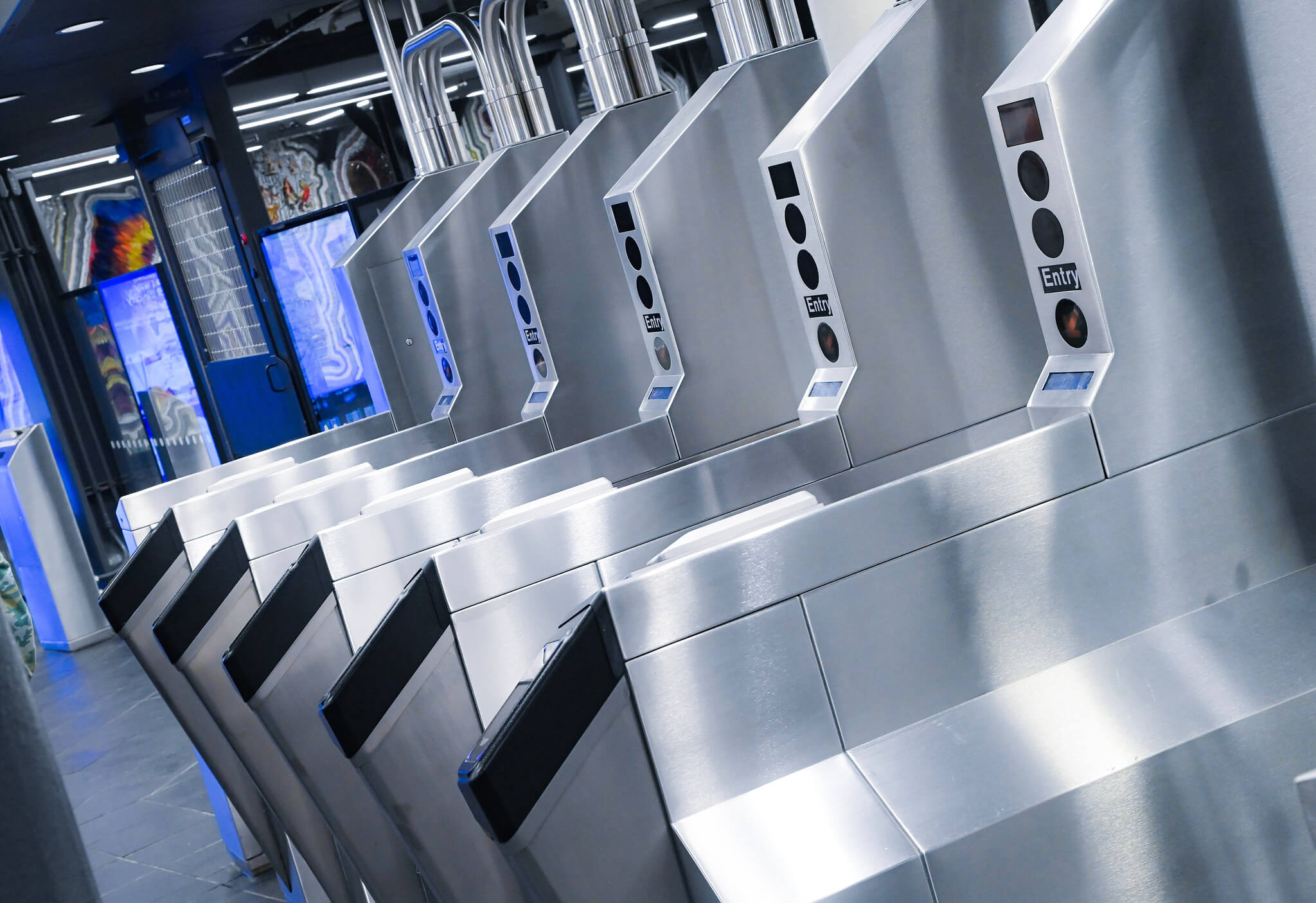
When Fair Fares was first included in the city budget in 2018, then-Mayor Bill de Blasio and Speaker Corey Johnson shook hands on $106 million in funding. That funding was later slashed to $53 million amid COVID-related budget woes. Last year, Mayor Adams and Speaker Adams shook hands on a budget that included $75 million for Fair Fares.
The MTA, meanwhile, expressed support for the speaker’s proposal.
“The MTA fully supports Speaker Adams’ push to expand eligibility for the City’s Fair Fares program. Indeed, we’ve been calling for this for a long time,” said John McCarthy, the MTA’s chief of external relations. “No one should be denied opportunities to connect with jobs, education, and all that New York has to offer because they can’t afford to swipe or tap into the transit system. We hope to see the City fund Fair Fares to the level this critical program deserves.”
Fair Fares is administered by the city’s Human Resources Administration, rather than the MTA.
Presently, a half-priced fare rings up at $1.35, but it would increase under an impending 5.5% fare hike scheduled to take place this year. If the full 5.5% goes into effect, the subway fare would rise from $2.75 to $2.90, bringing a Fair Fare to $1.45.
Speaker Adams’ proposal also won praise from advocates.
“An expansion of Fair Fares can’t come soon enough. Especially when millions of New Yorkers are overwhelmed with the cost of living in this city and living paycheck to paycheck, Fair Fares is an essential lifeline,” said Riders Alliance senior organizer Danna Denis in a statement. “Rent, food, childcare, and transportation costs are approaching all-time highs and Speaker Adams’ expansion proposal would put several hundred dollars back in the pockets of the New Yorkers who most need a break.”
Since implementation, the program has suffered from low uptake among eligible New Yorkers. Only about 283,000 New Yorkers are enrolled in Fair Fares, just 30% of the 932,000 New Yorkers eligible for the program. Officials and advocates have blamed this on a lack of awareness and outreach.
“Our mass transit system can be our city’s great economic equalizer,” said David Jones, president of the Community Service Society and an MTA Board member who has championed Fair Fares, last year. “But if people remain unaware of their right to Fair Fares, the program’s potential impact as a powerful poverty-fighting tool will be diminished.”
Fair Fares riders also still cannot use OMNY to tap onto a subway or bus, though MTA officials say they can expect that ability sometime this year. Seniors and disabled riders holding reduced-fare MetroCards had their benefits integrated into OMNY in October.



